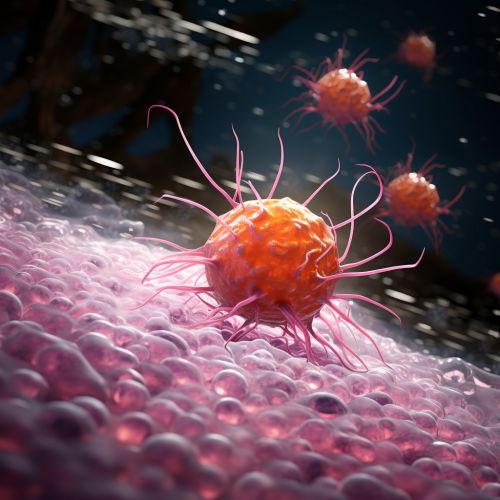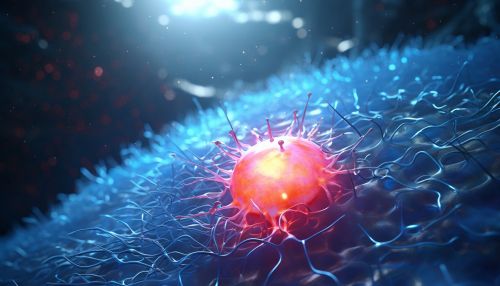Advances in Photodynamic Therapy for Cancer Treatment
Introduction
Photodynamic therapy (PDT) is a form of phototherapy involving light and a photosensitizing chemical substance, used in conjunction with molecular oxygen to elicit cell death (phototoxicity). PDT has proven its worth as an efficient therapeutic strategy that is capable of mediating the destruction of various types of cancer cells, tissues, and even certain types of bacteria. The therapy's effectiveness is primarily due to its ability to induce cell death, promote immune responses, and damage the vasculature of cancer cells.


Mechanism of Action
The process of PDT begins with the administration of a photosensitizing agent, which can be applied topically, orally, or intravenously. Once the photosensitizing agent has been absorbed by the cells, it is then activated by light of a specific wavelength. This activation leads to a series of chemical reactions that produce reactive oxygen species (ROS). These ROS are toxic to cells and can cause cell death through apoptosis or necrosis.
Photosensitizing Agents
The choice of photosensitizing agent is crucial in PDT as it determines the therapy's effectiveness. The ideal photosensitizer should have a high yield of triplet state formation, long triplet state lifetimes, and high quantum yields of singlet oxygen production. It should also be non-toxic in the absence of light and rapidly excreted from the body. The first generation of photosensitizers, such as porfimer sodium, had several drawbacks including prolonged skin photosensitivity and poor selectivity. The second generation photosensitizers, including verteporfin, temoporfin, and padeliporfin, have improved tissue selectivity and reduced skin photosensitivity.
Advancements in Photodynamic Therapy
Over the years, there have been significant advancements in PDT for cancer treatment. These advancements have primarily been in the areas of photosensitizing agents, light delivery systems, and the understanding of the PDT mechanism of action.
Advancements in Photosensitizing Agents
The development of new photosensitizing agents has been a significant area of advancement in PDT. These new agents have improved properties such as increased absorption at longer wavelengths, greater tissue penetration, and improved tumor selectivity. For example, the development of nanoparticle-based photosensitizers has allowed for targeted delivery of the photosensitizing agent, improving the selectivity and effectiveness of PDT.
Advancements in Light Delivery Systems
Advancements in light delivery systems have also significantly improved the effectiveness of PDT. The development of fiber optic cables and lasers has allowed for the delivery of light to almost any area of the body. This has expanded the use of PDT to the treatment of internal cancers, such as lung, ovarian, and pancreatic cancers.
Advancements in Understanding the Mechanism of Action
Increased understanding of the PDT mechanism of action has led to advancements in treatment protocols and the development of combination therapies. For example, understanding the role of the immune system in PDT has led to the development of combination therapies with immunotherapies, improving the effectiveness of PDT.
Future Directions
The future of PDT in cancer treatment looks promising with ongoing research into new photosensitizing agents, improved light delivery systems, and combination therapies. The development of personalized PDT, where the photosensitizing agent, light dose, and treatment protocol are tailored to the individual patient, is an exciting area of future research.
